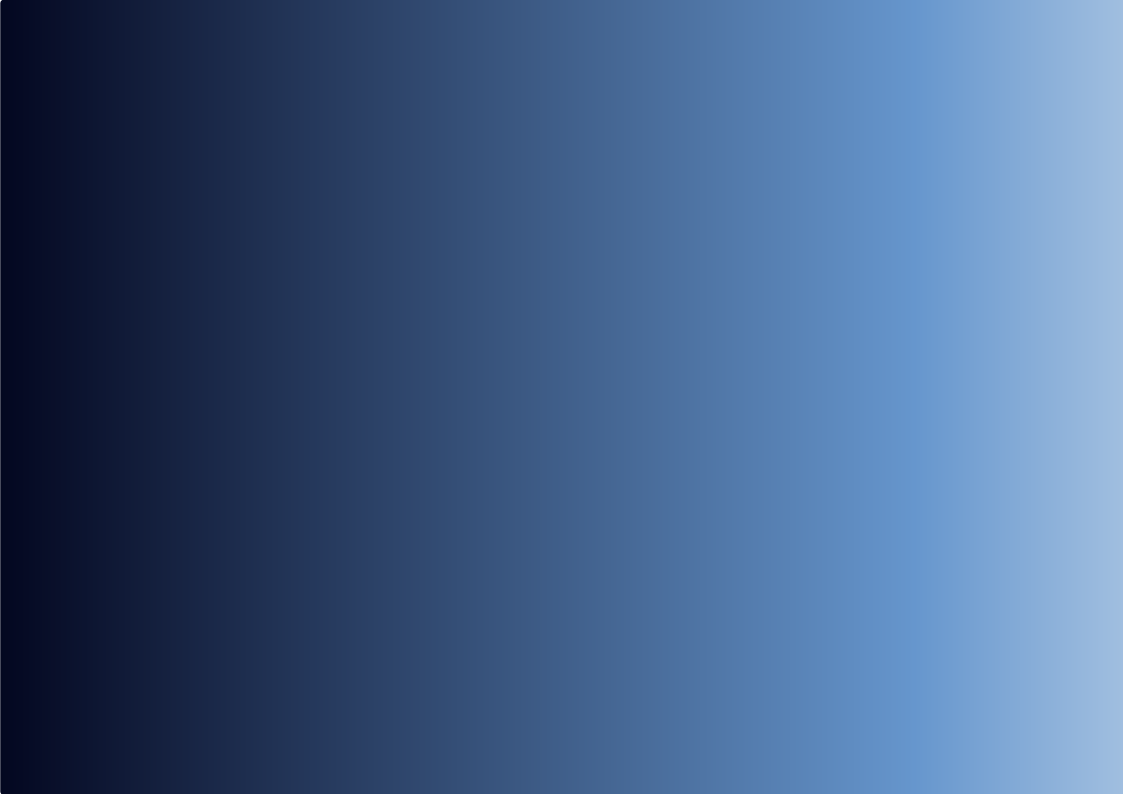
This document provides an example safety plan in Attachment A associated with hydrogen and fuel cells, where there is a significant flammability or explosive hazard from quantities, pressures, exposures, or other conditions. Hydrogen is unique among flammable gases in that small quantities may result in ignition or explosions. This example safety plan was developed by Pacific Northwest National Laboratories (PNNL) and its Hydrogen Safety Panel (HSP) members to assist entities working with hydrogen to ensure the protection of life, property, and the environment.















